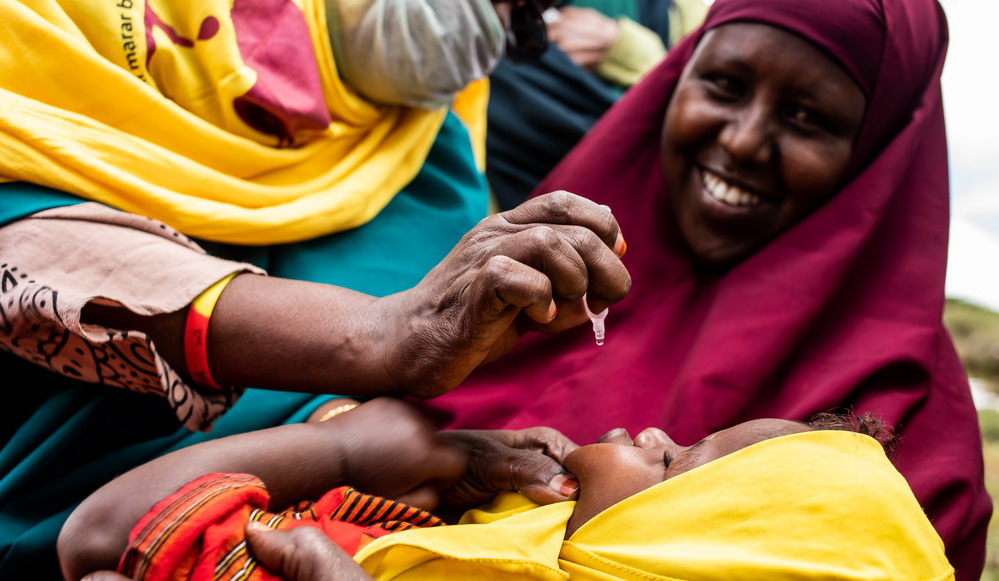Measles

Overview
Measles is a highly contagious viral disease. It remains an important cause of death among young children globally, despite the availability of a safe and effective vaccine. While vaccination has drastically reduced global measles deaths — a 73% drop between 2000 and 2018 worldwide — measles is still common in many developing countries.
The Eastern Mediterranean Region witnessed significant progress towards the interruption of measles virus transmission from 1998 to 2010, and reported measles cases decreased by 89% from 89 478 cases in 1998 to 10 072 in 2010. However, due to the geopolitical situation in several countries since 2011, and the significant decrease in donor funding of measles supplemental immunization activities, regional progress slowed and the number of reported cases more than tripled from 10 072 to 33 943 between 2010 and 2019.
Based on 2018 WHO-UNICEF estimates of national immunization coverage, coverage for the first dose of measles-containing vaccine was:
- more than 95% in 12 countries – Bahrain, Egypt, the Islamic Republic of Iran, Jordan, Libya, Morocco, Oman, Palestine, Qatar, Saudi Arabia, Tunisia and the United Arab Emirates – but only 5 countries reported more than 95% coverage in all districts;
- 90%–94% in Kuwait.
- less than 90% (range 46%–86%) in Afghanistan, Djibouti, Iraq, Lebanon, Pakistan, Somalia, Sudan, Syria and Yemen.
Among the 22 countries (except Somalia) that provide a routine second dose of measles-containing vaccine (MCV2), coverage with MCV2 was more than 95% in 10 countries, 90%–94% in 3 countries and less than 90% (range 40–82%) in 8 countries.
The strategy for measles elimination in the Eastern Mediterranean Region is based on:
- achieving and maintaining high population immunity against measles (and rubella where applicable) by reaching at least 95% coverage of the population, at the lowest administrative level (district level or the equivalent), with 2 doses of measles-containing vaccine through routine immunization and supplemental immunization activities, where necessary;
- establishing case-based surveillance supported by a proficient laboratory with investigation of all suspected cases of measles, rubella and congenital rubella syndrome;
- developing and maintaining outbreak preparedness, responding rapidly to outbreaks and managing cases;
- communicating with and engaging communities to build public confidence and demand for immunization.
Documentation for verification of elimination
Word files
Cover letter for initial country report of the National Verification Committee
Cover letter for annual country update of the National Verification Committee
Report of laboratory data for verification of elimination
Template for initial country report on progress toward measles and rubella elimination








